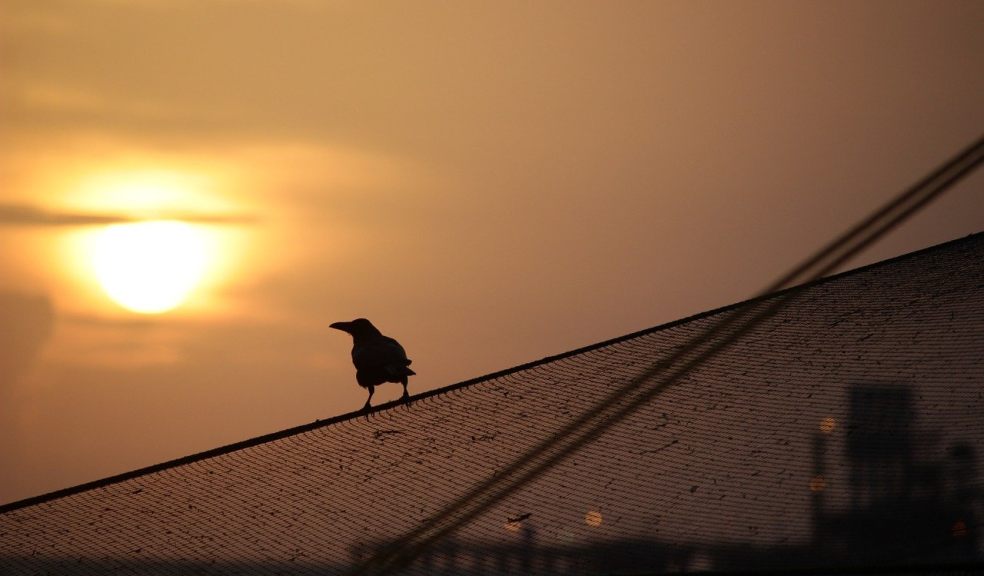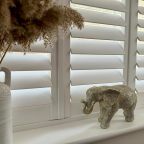
What bird species can you deter with anti-bird netting in Gloucester?
Do you have a property that has a bird problem? A lot of species of bird are known to hang around buildings near to a food source or if there are high spots where they can feel safe and see their surroundings. This is bad news for a lot of buildings that have windowsills, high ledges and open roof areas.
But, there is something you can do. You can have anti-bird netting installed on your building. Let’s take a look at the species that anti-bird netting can deter from your Gloucester property.
What Is anti-bird netting?
First of all, you are going to want to learn more about anti-bird netting and how it is going to work. There are a lot of assumptions about this bird deterrent and it is important to debunk them first so that you know whether this could be an option for your building.
Anti-bird netting has a perimeter framework cable and this is secured to your building. The netting is attached to the perimeter and this is tensioned to allow no birds to get through. Often, hog rings are used for durability and strength. For more information on the installation of anti-bird netting, click on this link. This solution is available in a variety of colours and made from UV stabilised poylethylene, as well as it being durable in design. This means it is able to deal with changing weather in Gloucester.
One of the biggest misconceptions about bird deterrents is that they are inhumane. While there are some techniques out there that are cruel and intend to harm birds, the same cannot be said about anti-bird netting. This has been designed as a humane way to deter birds from a building. Its purpose is not to cause any distress, pain or other harm to the bird species.
What species can anti-bird netting stop?
One of the best things about anti-bird netting is that it is versatile. Not only can it be used on different areas of a building, it is also going to deter different types of pest bird species that might be causing problems to your property. There are different sizes of bird netting available to choose from and a professional bird control company will be able to help you select the right one. Some common sizes include 19 mm, 50 mm and 75 mm gauge. Again, the purpose of this netting is that it is going to stop a bird from gaining entry to certain areas of your building. Choosing the right size is important and the one you choose will depend on what type of bird species is causing you the problem.
So, what bird species can anti-bird netting stop from nesting and damaging your building? Well, the answer is many when you have the right size. For example, one of the main pest birds you are going to find in the UK is pigeons and this is particularly true if you are in an urban and city area. The guano is highly acidic and anti-bird netting will stop them from causing permanent damage. Crows are another bird species to be aware of. They are known to be intelligent and they can be strategic with their nests. One thing that can cause problems is they can attack people. Again, choosing the right size of anti-bird netting will give you peace of mind.
Another bird you are going to be familiar with is seagulls. They can be highly vocal and you are going to find them where there is food. But, they are not going to be able to get through anti-bird netting. This is a bird control solution that is highly durable and it is resistant to weather changes. So, it will last a long time and prevent seagulls from hanging around your property.
Let’s not forget that small birds can be pests too. For example, house sparrows and starlings may be smaller birds, but they can also be just as big of a nuisance. In particular, they can get into areas of your roof and cause problems inside a property, as well as on the outside. What’s more, they can cause contamination and pose a health and safety risk. But, since you can install different sizes of anti-bird netting, this means that this is a solution for smaller birds too. This can be installed in areas they would want to go to. They will not be able to get past the netting and will move on. They are not harmed in this process and will find another building to nest on.













